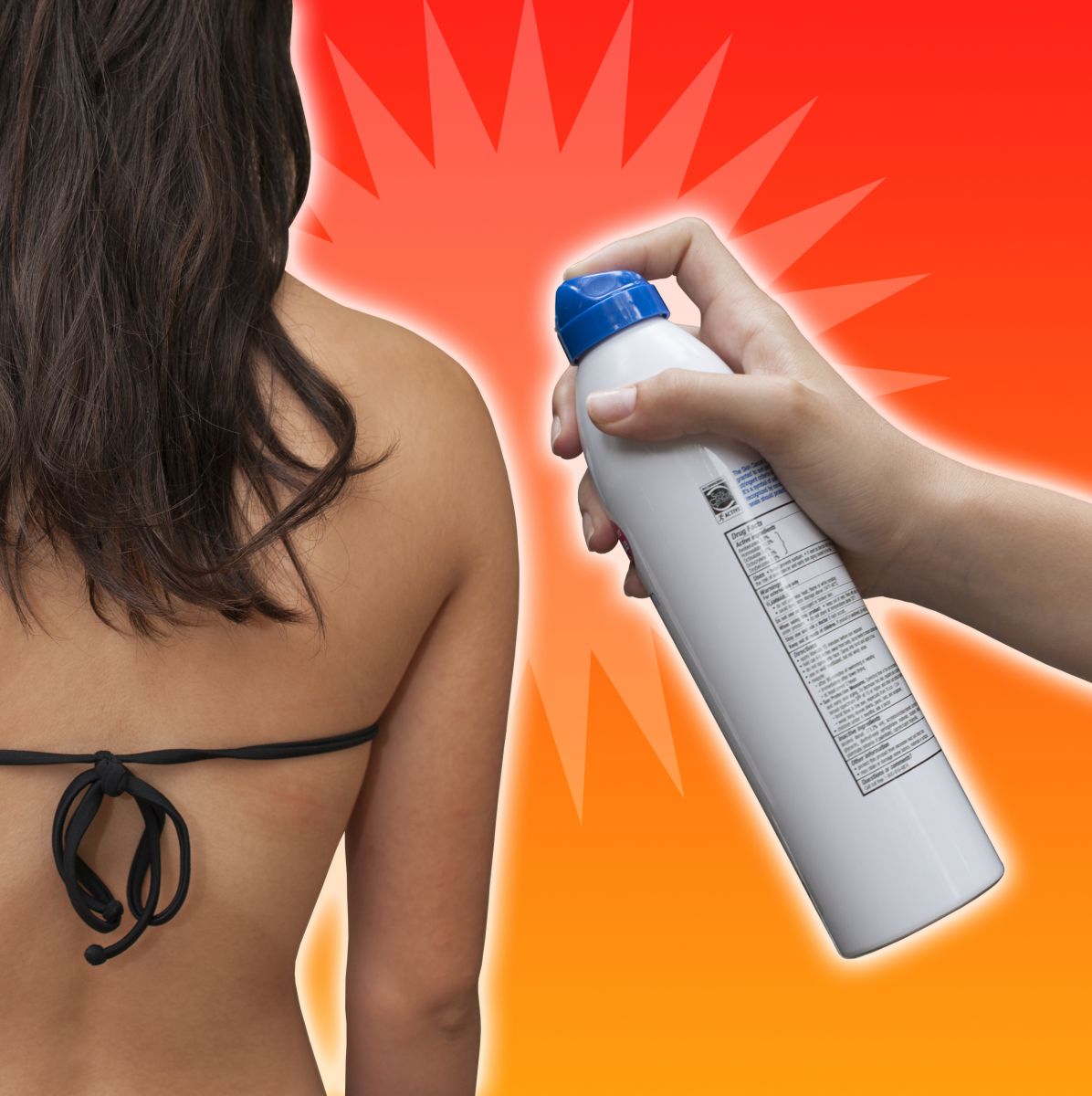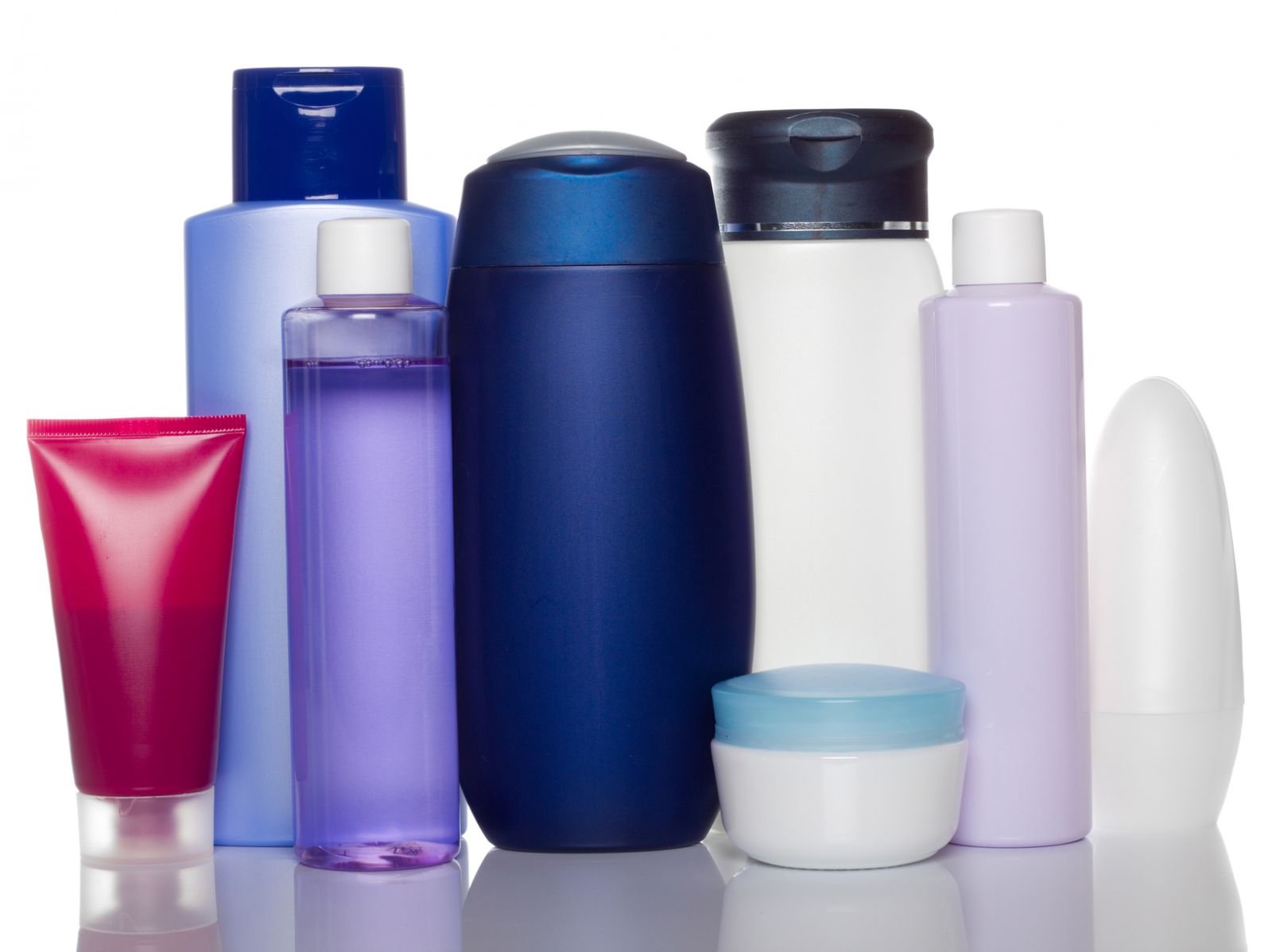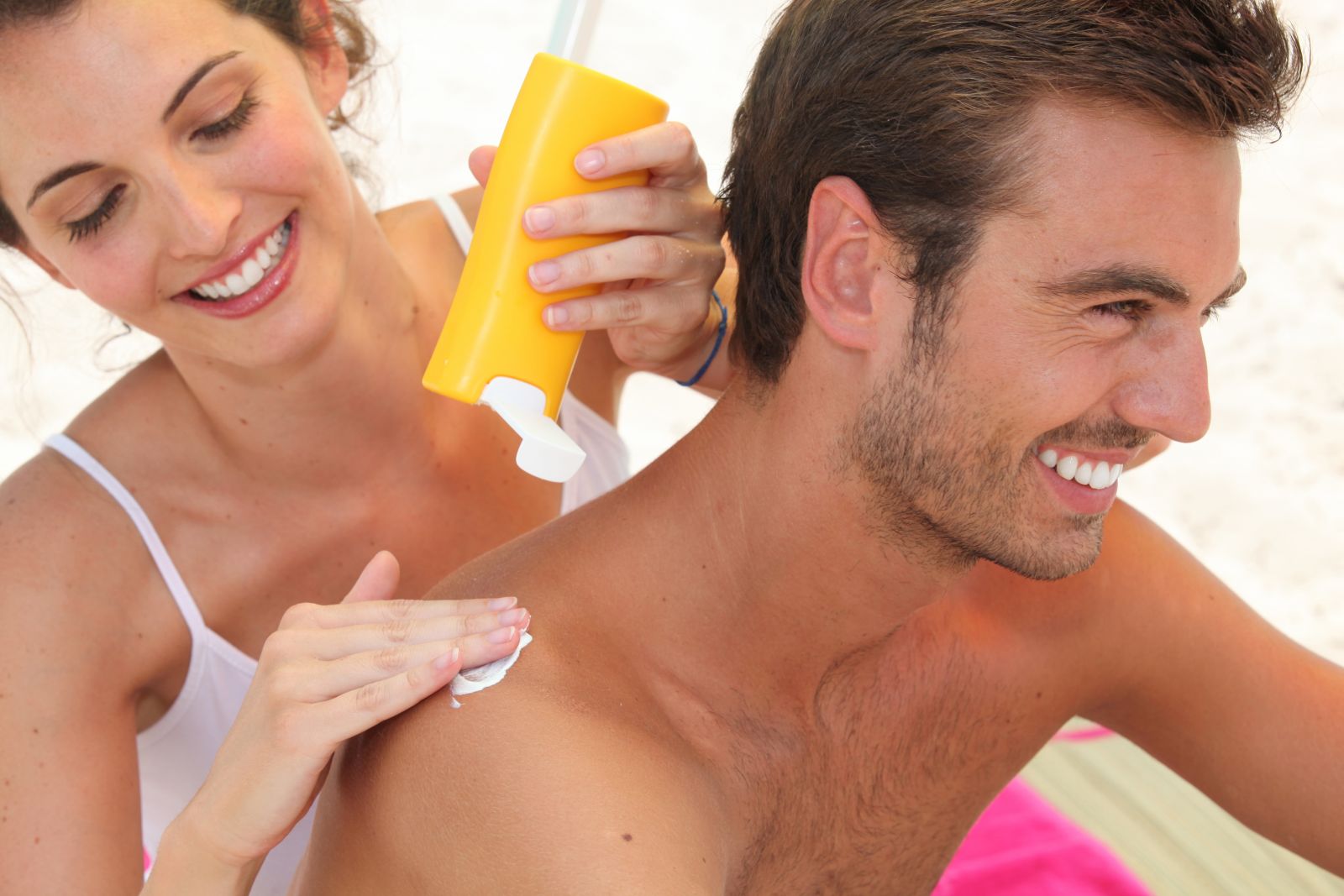Welcome to the DermacenterMD Blog
Posts for tag: sunscreen
 Sunscreen is a must. It is essential that you protect your skin from the harmful rays of the sun. Taking the proper precautions when it comes to the sun can decrease signs of aging and reduce your chances of getting skin cancer. Below you will find the answers to common questions that you should know make a point to know and understand. Knowing what sunscreen is and how it works can help you in your efforts to protect your skin and keep yourself and the ones you love healthy.
Sunscreen is a must. It is essential that you protect your skin from the harmful rays of the sun. Taking the proper precautions when it comes to the sun can decrease signs of aging and reduce your chances of getting skin cancer. Below you will find the answers to common questions that you should know make a point to know and understand. Knowing what sunscreen is and how it works can help you in your efforts to protect your skin and keep yourself and the ones you love healthy.
Below are several common sunscreen questions with answers taken from the Skin Cancer Foundation:
What Are Sunscreens?
Sunscreens are products combining several ingredients that help prevent the sun's ultraviolet (UV) radiation from reaching the skin. Two types of ultraviolet radiation, UVA and UVB, damage the skin and increase your risk of skin cancer. Sunscreens vary in their ability to protect against UVA and UVB.
What Are UVA and UVB?
Ultraviolet (UV) radiation is part of the electromagnetic (light) spectrum that reaches the earth from the sun. It has wavelengths shorter than visible light, making it invisible to the naked eye. Ultraviolet A (UVA) is the longer wave UV ray that causes lasting skin damage, skin aging, and can cause skin cancer. Ultraviolet B (UVB) is the shorter wave UV ray that causes sunburns, skin damage, and can cause skin cancer.
What Is SPF?
SPF – or Sun Protection Factor – is a measure of a sunscreen's ability to prevent UVB from damaging the skin. Here's how it works: If it takes 20 minutes for your unprotected skin to start turning red, using an SPF 15 sunscreen theoretically prevents reddening 15 times longer – about five hours. Most sunscreens with an SPF of 15 or higher do an excellent job of protecting against UVB.
What Does Broad-Spectrum Mean?
Broad-spectrum sunscreens protect the skin from both UVA and UVB rays. Beginning in December 2012, the U.S. Food and Drug Administration (FDA) began to implement new rules for "broad-spectrum" products.
So, next time you head outside to enjoy the outdoors, don't forget your sunscreen!!
Source:
http://www.skincancer.org/prevention/sun-protection/sunscreen
 In dermatology, acceptance and responsibility are two key components that we need. Why? Well, I will tell you why.
In dermatology, acceptance and responsibility are two key components that we need. Why? Well, I will tell you why.
The lack of protection from the sun is one of the underlying driving forces to precancers (actinic keratosis), wrinkles, pigmentation, and even skin cancer. Unfortunately, most every person does not apply the amount of sun protection that they should. It’s essential that we wear sunscreen and protect ourselves. Even a scientific study done on farmers in west Texas backs this up. When sunscreen was applied to one half of the face and not the other half during three months of summer, the side of the face with sunscreen applied every day has half as many precancer (actinic keratosis) growths as the other side of the face.
This simple study demonstrated the power of daily sunscreen for reducing precancer lesions. On top of this, we know that age spots, wrinkles, and skin cancer are caused by sun exposure.
So, to get our skin looking and feeling the best, we need to use sunscreen every day. This can be in the form of lotions, sunscreens themselves, and make up for women. In addition, choosing a sunscreen that has the proper ingredients is key. Finding sunscreen with Titanium Dioxide or Zinc Oxide is useful since these ingredients are physical blockers. This means that they bounce the sun off the skin. Another quality ingredient in sunscreen is Avobenzone or Parsol 1789. This is also an excellent ingredient which can be a powerful agent in preventing sun damage.
Use daily sunscreen with Titanium Dioxide, Zinc Oxide or Avobenzone (Parsol 1789) to reduce your risk of sun damage and skin cancer. The simple habit could pay big dividends!
 How does ‘Slow Sun’ cause damage?
How does ‘Slow Sun’ cause damage?
‘Slow Sun’ or ‘Incidental Sun’ is the sun we get without even knowing it.
When we get in and out of our car going to and from work we often do not realize we might be getting sun exposure. Unfortunately, the small segments of exposure to harmful UV rays we get intermittently throughout our life actually add up. It has been estimated up to 85% of the cumulative sun exposure comes from this ‘Incidental Sun.’
What does chronic sun exposure do to the skin?
It can lead to signs of sun damage. This includes roughness in texture, brown or red spot development and wrinkles most often. These features are often felt to be signs of aging. It is not as noticeable at first, but something does occur with continued exposure. This something is the development of precancerous lesions termed ACTINIC KERATOSIS. These are usually rough and scaling growths on the sun exposed part of the body. In addition, high lifetime UV exposure can lead to an increased risk of BASAL CELL CARCINOMA and SQUAMOUS CELL CARCINOMA. So each day we get some exposure we are increasing your risk of skin cancer.
Be aware of your cumulative sun exposure, even that from childhood. All sun exposure plays a role in the development of skin cancer and precancerous lesions. Don’t forget to wear your sunscreen and cover up!
.jpg) This month is a special month dedicated to remind us just how important it is that we protect our skin from the sun. The aim of this month is to raise awareness of the most deadly form of skin cancer. The entire month of May is National Skin Cancer Awareness Month and it is important to understand that everyone, despite age, race or skin type is at risk for skin cancer. In fact, 1 in 5 Americans will have skin cancer at some point in their life. Skin cancer is common and it could happen to you. However, there are ways to prevent skin cancer and reduce your risk. Here are 5 different ways you can protect your skin from developing skin cancer:
This month is a special month dedicated to remind us just how important it is that we protect our skin from the sun. The aim of this month is to raise awareness of the most deadly form of skin cancer. The entire month of May is National Skin Cancer Awareness Month and it is important to understand that everyone, despite age, race or skin type is at risk for skin cancer. In fact, 1 in 5 Americans will have skin cancer at some point in their life. Skin cancer is common and it could happen to you. However, there are ways to prevent skin cancer and reduce your risk. Here are 5 different ways you can protect your skin from developing skin cancer:
1. Wear Sunscreen-
This is perhaps the most important of all the ways to prevent skin cancer. You should be wearing sunscreen 365 days a year! The sun beats down on us each and every day, even if we don't see it. You should be sure to apply sunscreen whenever you go out. When selecting your daily sunscreen, be sure to get an SPF of at least 30 and make sure it contains at least one of these ingredients: titanium dioxide, zinc oxide or parsol 1789 (avobenzone). Also, it is important to apply enough sunscreen when you go out. If you are going out for an extended period of time, you should be applying 2 tablespoons of sunscreen every 2 hours.
2. Avoid Sun-
If you forget your sunscreen, you will want to avoid the sun as much as possible. Wearing a hat and long sleeves and long pants will also help to reduce your sun exposure. It is important to know that the sun is hottest between the hours of 10 a.m. and 4 p.m., so you should seek shade whenever possible, especially between those hours.
3. Check your skin monthly-
Skin cancer is treated most easily when it is caught early. If you set aside time every month to check your skin, you will know if something suspicious shows up. Checking your skin monthly allows you to catching anything unusual early and then get in to see your dermatologist as soon as possible. When checking your own skin, don't forget to look in hard to see places like your scalp, back, bottoms of your feet and between your toes. You may ask someone who cares about you to help you in this process to ensure that every inch is checked.
4. Know what to look for-
When you check your skin it is important that you know the signs of skin cancer. The most important thing to remember is that if you have a new or changing mole or lesion, you should have it checked. If something is new and changes or if something just won’t go away, then you should go in to have it checked. The following diagram contains the ABCDE's of melanoma:
A- Asymmetrical Shape: Melanoma lesions are often irregular, or not symmetrical, in shape. Benign moles are usually symmetrical.
B- Border Irregularity: Typically, non-cancerous moles have smooth, even borders. Melanoma lesions usually have irregular borders that are difficult to define.
C- Color: The presence of more than one color (blue, black, brown, tan, etc.) or the uneven distribution of color can sometimes be a warning sign of melanoma. Benign moles are usually a single shade of brown or tan.
D- Diameter: Melanoma lesions are often greater than 6 millimeters in diameter (approximately the size of a pencil eraser).
E- Evolution: The evolution of your mole(s) has become the most important factor to consider when it comes to diagnosing a melanoma. Knowing what is normal for YOU could save your life. If a mole has gone through recent changes in color and/or size, bring it to the attention of a dermatologist immediately.
5. Annual Full-Body Skin Exam-
Last but certainly not least, it is essential to have your skin checked by a skin professional at least once a year. Your dermatologist knows what to look for. In fact, Dr. Moore is a skin cancer expert. He will look you over head to toe to ensure that nothing is suspicious. If he does find something suspicious, he will most likely perform a procedure known as a biopsy to test the site to make sure it does not contain skin cancer. If he does find skin cancer, you can rest easy knowing you are in good hands. Here at DermacenterMD, we offer to most comprehensive and state of the art treatments for skin cancer.
If you or someone you know is concerned about skin cancer, do not hesitate to call our office and set up your skin cancer screening exam. It could save your life, or the life of someone you love!
 Now that Spring is here,it is important to remember that sunscreen is a must. It is essential that you protect your skin from the harmful rays of the sun. Taking the proper precautions when it comes to the sun can decrease signs of aging and reduce your chances of getting skin cancer. Below you will find the answers to common questions that you should know make a point to know and understand. Knowing what sunscreen is and how it works can help you in your efforts to protect your skin and keep yourself and the ones you love healthy.
Now that Spring is here,it is important to remember that sunscreen is a must. It is essential that you protect your skin from the harmful rays of the sun. Taking the proper precautions when it comes to the sun can decrease signs of aging and reduce your chances of getting skin cancer. Below you will find the answers to common questions that you should know make a point to know and understand. Knowing what sunscreen is and how it works can help you in your efforts to protect your skin and keep yourself and the ones you love healthy.
Below are several common sunscreen questions with answers taken from the Skin Cancer Foundation:
What Are Sunscreens?
Sunscreens are products combining several ingredients that help prevent the sun's ultraviolet (UV) radiation from reaching the skin. Two types of ultraviolet radiation, UVA and UVB, damage the skin and increase your risk of skin cancer. Sunscreens vary in their ability to protect against UVA and UVB.
What Are UVA and UVB?
Ultraviolet (UV) radiation is part of the electromagnetic (light) spectrum that reaches the earth from the sun. It has wavelengths shorter than visible light, making it invisible to the naked eye. Ultraviolet A (UVA) is the longer wave UV ray that causes lasting skin damage, skin aging, and can cause skin cancer. Ultraviolet B (UVB) is the shorter wave UV ray that causes sunburns, skin damage, and can cause skin cancer.
What Is SPF?
SPF – or Sun Protection Factor – is a measure of a sunscreen's ability to prevent UVB from damaging the skin. Here's how it works: If it takes 20 minutes for your unprotected skin to start turning red, using an SPF 15 sunscreen theoretically prevents reddening 15 times longer – about five hours. Most sunscreens with an SPF of 15 or higher do an excellent job of protecting against UVB.
What Does Broad-Spectrum Mean?
Broad-spectrum sunscreens protect the skin from both UVA and UVB rays. Beginning in December 2012, the U.S. Food and Drug Administration (FDA) began to implement new rules for "broad-spectrum" products.
Source: Skin Cancer Foundation. (n.d.). Retrieved May 21, 2015, from http://www.skincancer.org/prevention/sun-protection/sunscreen
Archive:
Tags
- dry skin (2)
- moisturizer (1)
- sensitive skin (3)
- PA (2)
- Skincare (2)
- skin cancer (29)
- cancer (6)
- facts (1)
- skin (19)
- dermatology (22)
- skin care (19)
- cosmetic (2)
- wrinkles (1)
- Botox (4)
- Dysport (3)
- sleep (1)
- look good (1)
- daily routine (1)
- healthy lifestyle (1)
- doctor (2)
- patient (1)
- sun protection (5)
- sunscreen (14)
- aging dermatology (1)
- providers (1)
- tanning (2)
- sun (6)
- UVA rays (2)
- UVB rays (2)
- melanoma (10)
- Acne (2)
- Treatment (2)
- sunscren (1)
- sun exposure (5)
- Melanoma Monday (2)
- Skin Cancer Awareness Month (1)
- education (2)
- skin cancer specialist (1)
- basal cell carcinoma (1)
- squamous cell carcinoma (1)
- ingredients (2)
- improve your smile (1)
- cosmetics (1)
- laser (1)
- fillers (2)
- sunburn (3)
- avoid the sun (1)
- hat (1)
- sun clothing (1)
- SPF (1)
- Rosacea (3)
- NP (1)
- Nurse Practitioner (1)
- mid-level provider (1)
- physician (1)
- dermatologist (6)
- cosmetic dermatology (4)
- anti-aging (2)
- youthful looks (1)
- Eczema (2)
- rash (2)
- itch (1)
- the rash that itches (1)
- reduce itch (1)
- itching (1)
- getting along with others (1)
- basal cell (2)
- squamous cell (2)
- detection (1)
- Mohs surgery (2)
- photoaging (1)
- Inspiring (1)
- word of the day (1)
- inspiration (3)
- uplifting (1)
- protection (4)
- lips (1)
- reduce wrinkles (1)
- look younger (1)
- encouragement (1)
- never give up (1)
- you can do it (1)
- medical school (1)
- dreams (1)
- brown spots (1)
- moles (2)
- liver spots (1)
- age spots (1)
- Abe Lincoln (1)
- life lessons (1)
- lip cancer (1)
- health (12)
- motivation (1)
- work (1)
- people (2)
- home life (1)
- lifestyle (1)
- ABCDEs of Melanoma (1)
- mole (1)
- skin check (2)
- skin facts (2)
- odd (1)
- fun (1)
- interesting (1)
- lung cancer (1)
- disease (1)
- Christmas (2)
- gifts (1)
- sun burn (1)
- winter skin tips (1)
- itchy skin (1)
- winter skin (1)
- myths (1)
- myth busted (1)
- skin protection (1)
- sunscreen safety (1)
- specialist (1)
- red skin (1)
- irritation (1)
- feel good (1)
- helping (1)
- help (1)
- helping others (1)
- treatment options (1)
- skin health (9)
- Vitamin D (2)
- tanning beds (1)
- skin health. dermatology (1)
- sunshine (1)
- awareness (1)
- prevention (1)
- sun damage (3)
- connections (1)
- working together (1)
- health care (1)
- biotin (1)
- medical (1)
- aging (1)
- elkhart (1)
- Roger Moore (1)
- check (1)
- skin type (1)
- skin cancer prevention (1)
- gift guide (1)
- Christmas gift guide (1)
- Dr. Roger Moore (1)
- holidays (1)
- family history (1)
